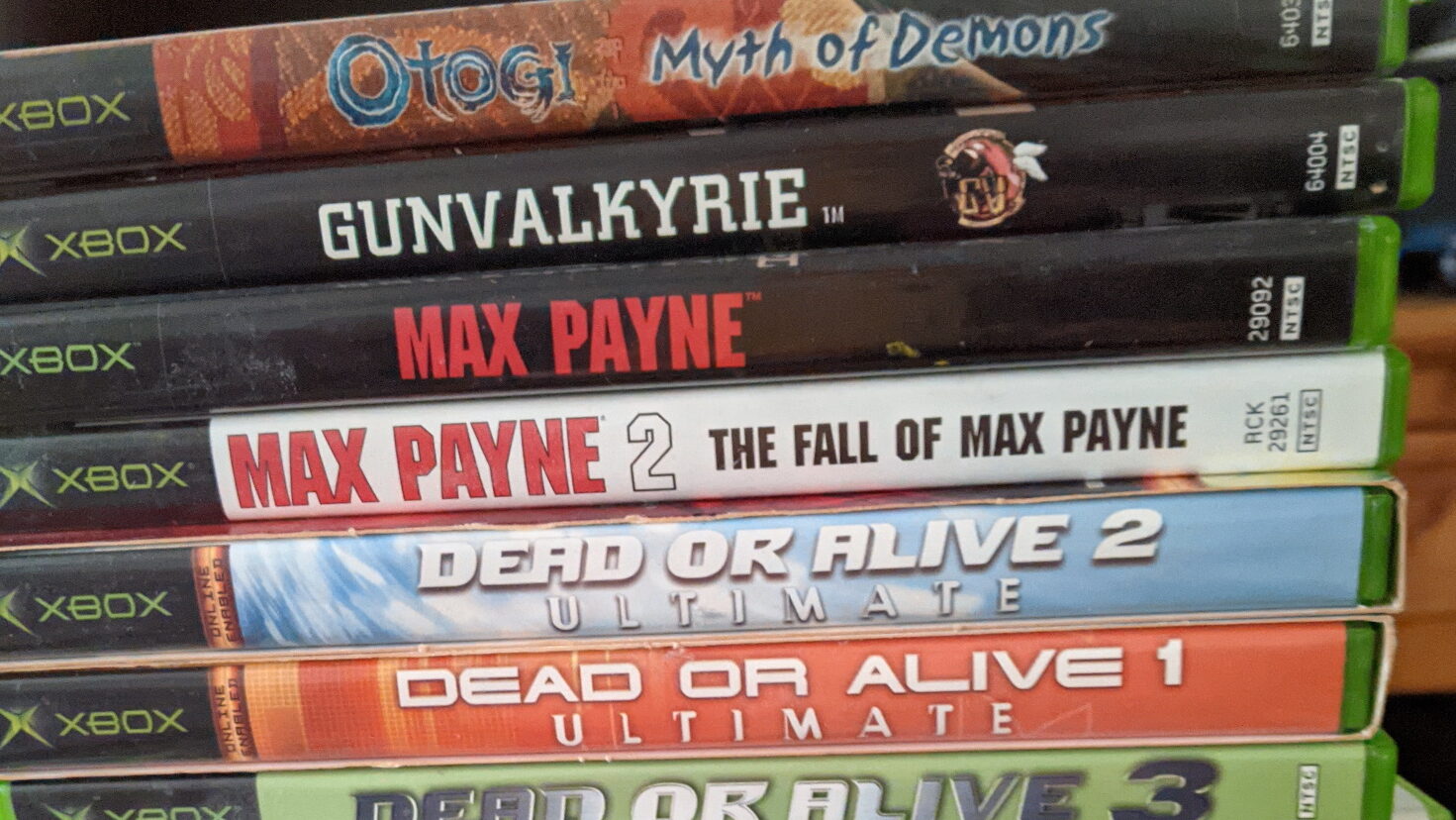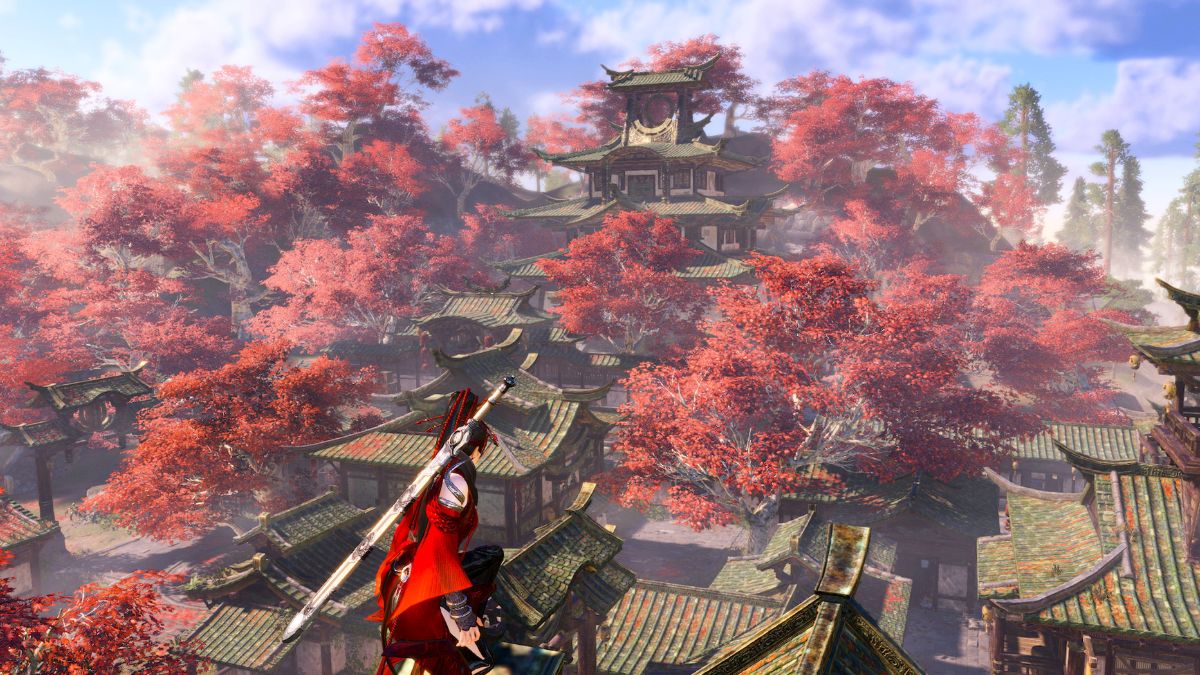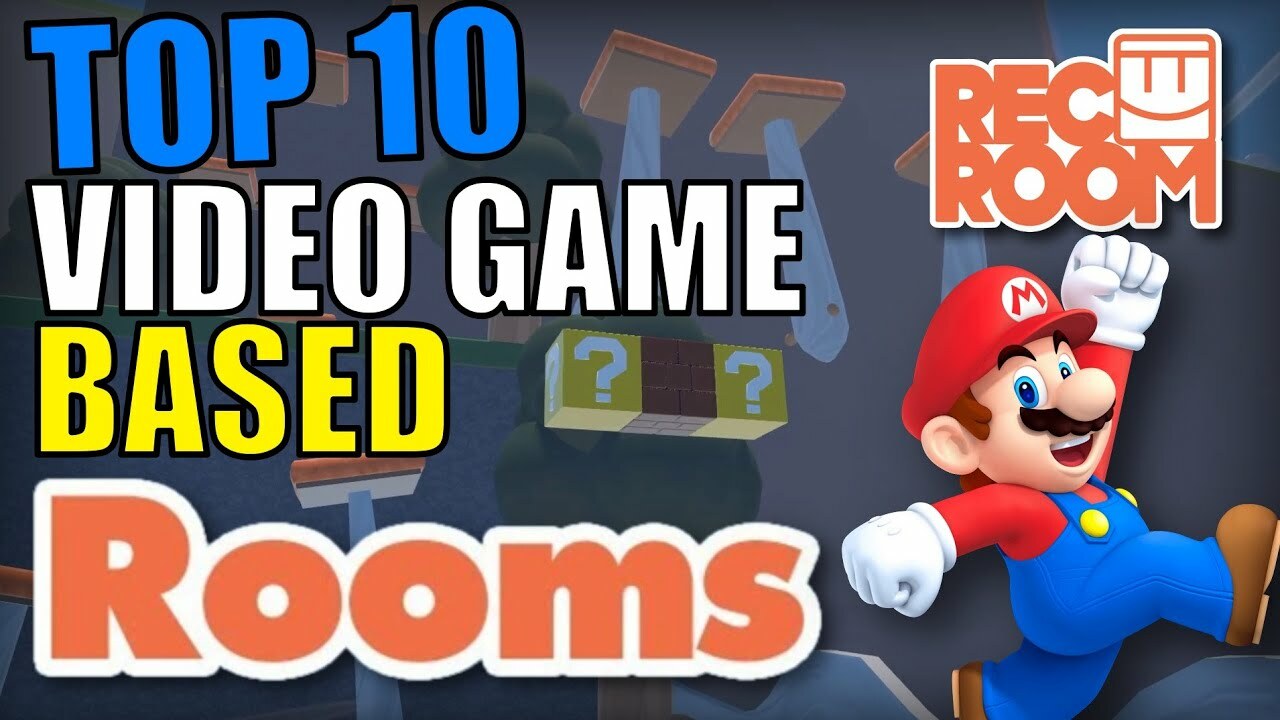Share
Like most Nintendo fans, I knew about Ember Lab long before Kena: Bridge of Spirits. I was introduced to this team through their stunning Majora’s Mask short film, Terrible Fate. It released when I was in high school, shortly after Majora’s Mask 3D launched. Terrible Fate remains one of the most impressive fan works I’ve ever seen today, and in many ways it’s strangely emblematic of Kena itself. Both are beautiful, and both rely heavily on the work of others. Obviously for a fan film, this makes complete sense. In the context of a new IP though, the results are iffy. Kena feels like a synthesis of games that I’ve played before, games which represent Kena‘s component elements far better.
That doesn’t mean Kena is anything short of impressive. To the contrary, it’s a stunning debut. However, the experience is also very familiar, leaving most of its truly unique visual and mechanical ideas until the last third of the game or so. This is one of Kena’s stumbling blocks, as the opening third feels far more derivative than what comes after it, even if this feeling of “been there, done that” pervades throughout. Nonetheless, Ember Lab picked a good set of games to take inspiration from, at the very least.
cues from across the industry
I was happy to see a lot of Nintendo influence here. Considering the aforementioned Majora’s Mask film, the amount that Kena borrows from The Legend of Zelda isn’t surprising. The game’s fusion of combat, puzzle-solving, and exploration clearly takes cues from Link’s escapades. There is an obvious Pikmin love here too, demonstrated by the staggeringly cute companions called the Rot. While the Rot are nowhere near as central to the moment-to-moment gameplay as Pikmin themselves, their implementation in combat and puzzle solving is similar. Actually, I think that Pikmin 4 could take some cues from Kena on this front (assuming that it’s *hopefully* still in production) .
The inspirations stretch beyond Nintendo though, as Uncharted and Dark Souls are drawn upon as well. The former informs traversal with the now rote climbing mechanic of jumping from colored ledge to colored ledge. This concept is as tiresome here as it is in every game that released post-Uncharted 2, and I hope that the industry as a whole moves away from this rather basic and immersion breaking mode of traversal soon. Rant over! The Dark Souls influence is probably the most pervasive behind Zelda, as the heavily-telegraphed and hard-hitting boss encounters woven throughout the game feel ripped right out of a FromSoft title, for better and worse. More on that later.

As you can hopefully tell, Ember Lab calls upon some fantastic games here. The trouble is that Kena’s truly unique ideas join these established tropes and conventions together, but only in a way that builds a cohesive package, not in a way which establishes an original identity. I’m reminded of Star Wars Jedi: Fallen Order. I love that game. But, if you were to strip the Star Wars IP away, you’d have an obvious amalgamation of Dark Souls, Zelda, and Metroid Prime. The IP is what sets it apart and provides a flavor which masks the level to which Fallen Order leans on the ideas of others. Kena has no such cover, and so it feels starkly derivative for large portions of the adventure.
Again, there are some great ideas introduced as the game unfolds. Puzzle-solving, platforming, and combat are all elevated by the introduction of new tools in Kena’s arsenal, but either they come too late or the game ends too soon. I can’t exactly put my finger on which is more accurate. While the adventure is over comfortably within eight hours, I can’t say that I was left wanting another few. Instead, I was left wanting the concentration of new mechanics to have been more clearly dispersed across the full runtime. There’s clearly an issue of pacing here.
more work to be done
There’s also a general issue of polish. Sure, there could be a bit of visual polish added to some animations and areas where I’d clip through an object or get Kena lodged where she shouldn’t be. Ultimately these are minor, though. I’m more concerned with instances where another round of mechanical polish was needed. Platforming could’ve used some touch-ups as Kena will often just slide off edges, which can be rather frustrating when you misjudge a jump by just a bit. You’d think that she’d simply grab onto the face of the platform, but that mechanic is reserved solely for the scripted climbing bits.
The combat is where Kena really needed a bit more time to simmer. Often it’s really good. By the time that I got a complete arsenal, I truly enjoyed how many possibilities were at my fingertips. However, bosses really throw a wrench in things. They hit way too hard which makes learning their patterns incredibly punishing. They also just abuse you through repeated hits as Kena simply doesn’t have enough invincibility frames to recover most of the time. There’s a clear balancing issue, especially since normal difficulty feels too crushing in select encounters, and easy difficulty is just an absolute cakewalk. I felt a middle ground, or a more deliberate set of options, was greatly lacking.

Then we get to the story and presentation of Kena, which is a surprisingly mixed bag. I played on PlayStation 5, and I was stunned by the technical fidelity of this world. I’m not sure that I’ve seen a prettier game than Kena, and the minimal (often invisible) HUD allows you to appreciate the beauty. Kena really is a technical marvel rich with detail. But it also feels devoid of life. While there are some wonderful character designs and locations tucked, again, into the last leg of the journey, most of Kena’s landscapes are pretty trite fantasy fare. From magical forests to mystical caves, it’s all immediately evocative of more unique genre outings.
The narrative does attempt to elevate the world, but it largely misses that mark. This is perhaps my greatest disappointment here. There are moments when Kena’s story (which I won’t spoil) is genuinely emotional and resonant. The overarching conceit of the plot is equally great. Unfortunately the writing just does not support these ideas. While this sounds callous, Kena presupposes that I care about and empathize with its characters when I simply don’t. The game gives me no reason to. It spends no time establishing anything, really. Neither characters nor locations nor persistent lore elements are conveyed in a way that makes you want to engage with this world. It’s a real shame, because the potential is absolutely here.
an enjoyable adventure regardless
It may sound like I’m ragging on Kena a lot, but I did enjoy my time with the game overall. However, it’s hard to really praise elements of its design specifically because its successes are largely unremarkable. To praise its puzzle-solving, for instance, would really be to praise the underlying design influences because they show through. Still, there are some truly clever moments punctuated throughout, even if they feel surface level. That’s characteristic of all Kena’s accomplishments. Platforming feels good. Combat feels good. It all feels good, and it’s over in just a few sittings. I like action-adventure games so I like Kena. But I don’t think that Kena itself feels like much more than an aggregate for the great ideas of others. This is a slick and beautiful combination, but it just feels like an homage that doesn’t necessarily nail any sole part of its whole.

I’d say that combat is really the aspect of Kena which really buoyed the experience in large part. While the bosses and overall difficulty needed more work, most of the enemy encounters are just the right degree of sweaty. You have to be on your game and clever during each battle. I truly enjoyed the enemy diversity here, and that does extend to the bosses as well. Not a single one fell flat from this design perspective, regardless of the tuning that each still clearly requires. Had Kena focused solely on this facet of its design, it could’ve been something truly special.
Unfortunately that simply isn’t the case, and the net Kena: Brige of Spirits experience is just a solid but somewhat uninspired action-adventure romp. It colors within its genre lines so neatly that this review is probably unnecessary. If you think that you’ll like Kena, then you will. In the end, I did. However, I felt that it left a lot to be desired. Nonetheless, this is Ember Lab’s first game. That is incredible. The scale of this project and its relative success are the real story here. If this is what the studio’s first effort looks like, then I can only imagine what this team can accomplish down the line. They just have to learn a few lessons from Kena first.




